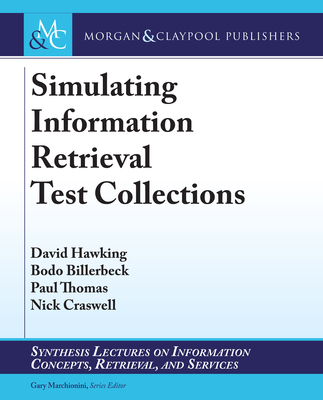Bankruptcy Prediction through Soft Computing based Deep Learning Technique
暫譯: 透過軟體計算的深度學習技術進行破產預測
Arindam Chaudhuri
- 出版商: Springer
- 出版日期: 2017-12-13
- 售價: $2,420
- 貴賓價: 9.5 折 $2,299
- 語言: 英文
- 頁數: 120
- 裝訂: Paperback
- ISBN: 9811066825
- ISBN-13: 9789811066825
-
相關分類:
DeepLearning
海外代購書籍(需單獨結帳)
相關主題
商品描述
This book proposes complex hierarchical deep architectures (HDA) for predicting bankruptcy, a topical issue for business and corporate institutions that in the past has been tackled using statistical, market-based and machine-intelligence prediction models. The HDA are formed through fuzzy rough tensor deep staking networks (FRTDSN) with structured, hierarchical rough Bayesian (HRB) models. FRTDSN is formalized through TDSN and fuzzy rough sets, and HRB is formed by incorporating probabilistic rough sets in structured hierarchical Bayesian model. Then FRTDSN is integrated with HRB to form the compound FRTDSN-HRB model. HRB enhances the prediction accuracy of FRTDSN-HRB model. The experimental datasets are adopted from Korean construction companies and American and European non-financial companies, and the research presented focuses on the impact of choice of cut-off points, sampling procedures and business cycle on the accuracy of bankruptcy prediction models.
The book also highlights the fact that misclassification can result in erroneous predictions leading to prohibitive costs to investors and the economy, and shows that choice of cut-off point and sampling procedures affect rankings of various models. It also suggests that empirical cut-off points estimated from training samples result in the lowest misclassification costs for all the models. The book confirms that FRTDSN-HRB achieves superior performance compared to other statistical and soft-computing models. The experimental results are given in terms of several important statistical parameters revolving different business cycles and sub-cycles for the datasets considered and are of immense benefit to researchers working in this area.
商品描述(中文翻譯)
本書提出了複雜的階層深度架構(HDA)用於預測破產,這是一個對商業和企業機構來說非常重要的議題,過去通常使用統計、市場基礎和機器智能預測模型來處理。HDA 是通過模糊粗糙張量深度堆疊網絡(FRTDSN)與結構化的階層粗糙貝葉斯(HRB)模型形成的。FRTDSN 透過 TDSN 和模糊粗糙集進行形式化,而 HRB 則是通過在結構化階層貝葉斯模型中納入概率粗糙集來形成的。然後,FRTDSN 與 HRB 整合形成複合的 FRTDSN-HRB 模型。HRB 增強了 FRTDSN-HRB 模型的預測準確性。實驗數據集來自韓國建築公司以及美國和歐洲的非金融公司,所呈現的研究重點在於切割點的選擇、抽樣程序和商業週期對破產預測模型準確性的影響。
本書還強調了錯誤分類可能導致錯誤預測,從而對投資者和經濟造成巨大的成本,並顯示切割點的選擇和抽樣程序會影響各種模型的排名。它還建議,從訓練樣本中估算的經驗切割點對所有模型的錯誤分類成本最低。本書確認 FRTDSN-HRB 相較於其他統計和軟計算模型具有更優越的性能。實驗結果以幾個重要的統計參數呈現,這些參數圍繞著不同的商業週期和子週期,對於在該領域工作的研究人員具有極大的益處。











